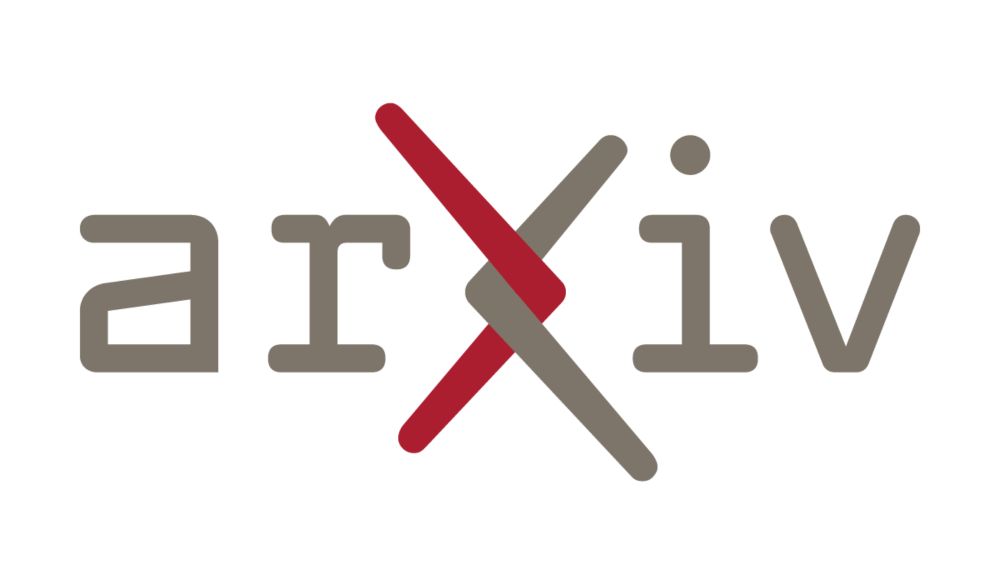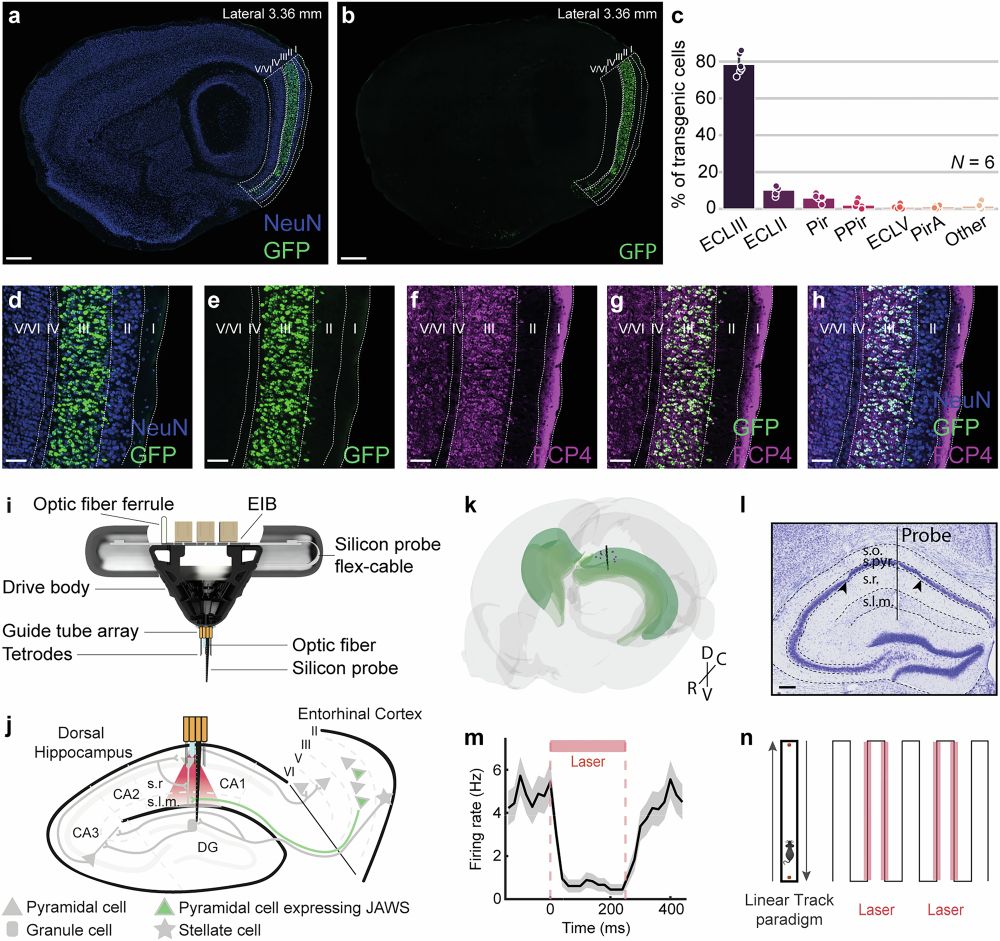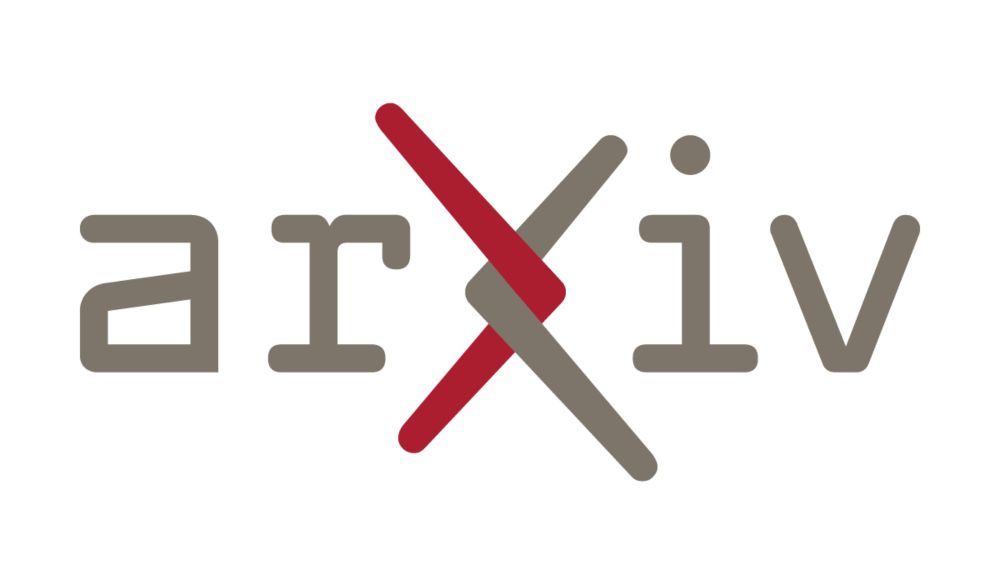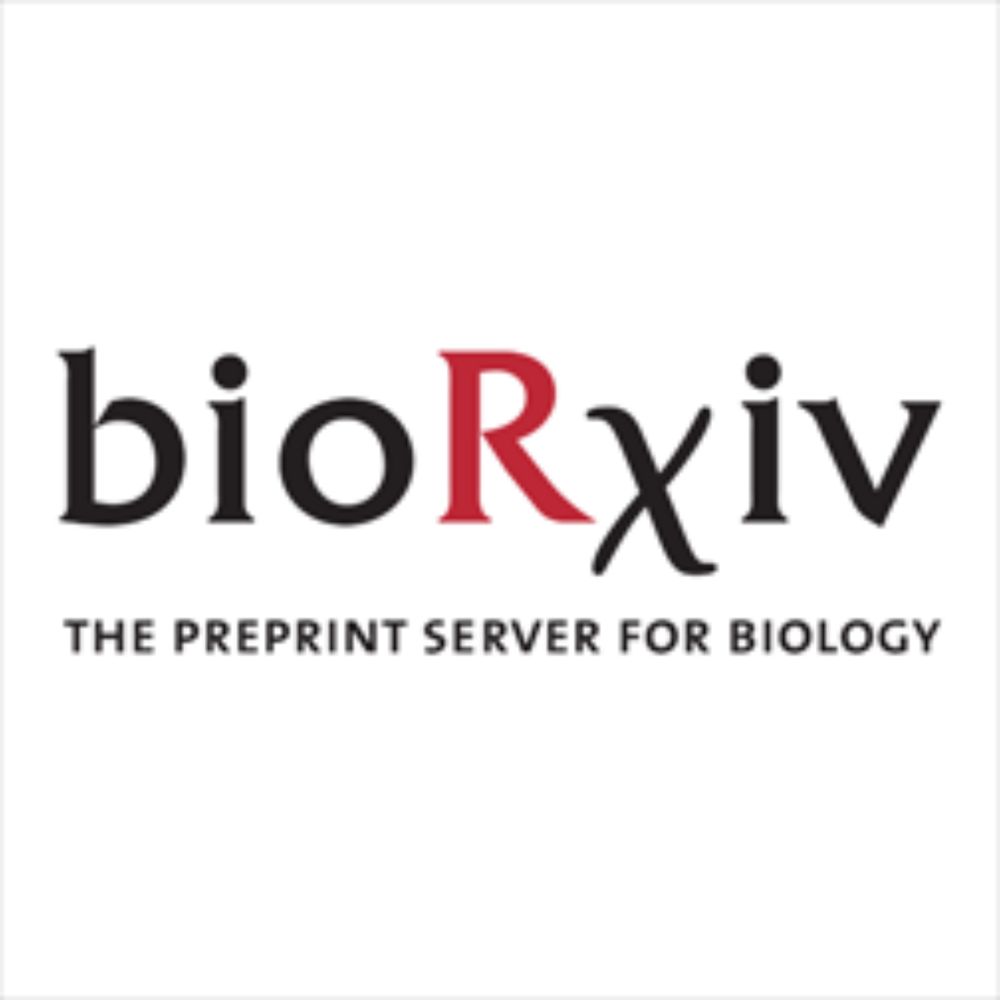
PhD Research Fellow in computational neuroscience/brain physics (290338) | University of Oslo
Job title: PhD Research Fellow in computational neuroscience/brain physics (290338), Employer: University of Oslo, Deadline: Tuesday, December 9, 2025
PhD position in computational neuroscience/brain physics to work with us on biophysical modeling of electric and magnetic brain signals at University of Oslo as part of the Marie Curie EU project @neuronanotechdn.bsky.social. Application deadline: December 9th.
www.jobbnorge.no/en/available...
24.11.2025 14:22 — 👍 9 🔁 7 💬 0 📌 1
Congrats, awesome work!
19.11.2025 19:58 — 👍 1 🔁 0 💬 1 📌 0
nice paper on inter-personal / inter-brain interactions with many implications how to measure & conceptualize these interactions
19.11.2025 19:30 — 👍 4 🔁 0 💬 0 📌 0
We just need people pushing on both th and exp ends and that's fine. I do think the really consolidated theory we have is of single neurons (eg cable, HH, nernst eq) and not on networks of neurons. But we are missing a lot of single neuron data to perhaps figure out more complex single neuron laws.
17.11.2025 06:04 — 👍 3 🔁 0 💬 0 📌 0

List of SFN presentations from the Hoffman lab
Here are our contributions for #SFN2025 #SFN25, Sunday and Monday morning. Hope to see you there!
14.11.2025 20:45 — 👍 19 🔁 5 💬 1 📌 1

Learning-dependent cholinergic plasticity reconfigures cortical circuit dynamics
Neuromodulation by acetylcholine (ACh) plays a critical role in reshaping neural dynamics in the neocortex as a function of development, behavioral state, and learning [1][1]–[6][2]. Prior work sugges...
See our latest - collab with @jess-cardin.bsky.social, led by @andrewmoberly.bsky.social. We combined mesoscopic and 2p imaging to show that learning-dependent plasticity of ACh release in visual cortex drives enhanced visual representations and conditioned behavior. 1/5 tinyurl.com/3cfea6df
14.11.2025 03:02 — 👍 18 🔁 5 💬 1 📌 0

New preprint:
Neural manifolds that orchestrate walking and stopping
Here we develop a new theory for neural generation of walking and how it can stop- Next we test the theory using Neuropixels probes in the lumber spinal cord of freely moving rats. See more:
www.biorxiv.org/content/10.1...
09.11.2025 21:33 — 👍 65 🔁 17 💬 3 📌 3

View from your office onto Giessen and surrounding villages.
Please repost! I am looking for a PhD candidate in the area of Computational Cognitive Neuroscience to start in early 2026.
The position is funded as part of the Excellence Cluster "The Adaptive Mind" at @jlugiessen.bsky.social.
Please apply here until Nov 25:
www.uni-giessen.de/de/ueber-uns...
04.11.2025 13:57 — 👍 79 🔁 97 💬 1 📌 4

Connectivity Structure and Dynamics of Nonlinear Recurrent Neural Networks
The structure of brain connectivity predicts collective neural activity, with a small number of connectivity features determining activity dimensionality, linking circuit architecture to network-level...
Now in PRX: Theory linking connectivity structure to collective activity in nonlinear RNNs!
For neuro fans: conn. structure can be invisible in single neurons but shape pop. activity
For low-rank RNN fans: a theory of rank=O(N)
For physics fans: fluctuations around DMFT saddle⇒dimension of activity
03.11.2025 21:47 — 👍 58 🔁 16 💬 2 📌 2
Strongest data yet suggesting that repeated MDMA use causes deficits in declarative memory (e.g., memory for new information, words, etc). #psychedelicscience #MDMA
10.1093/brain/awaf391
27.10.2025 03:33 — 👍 16 🔁 8 💬 2 📌 0
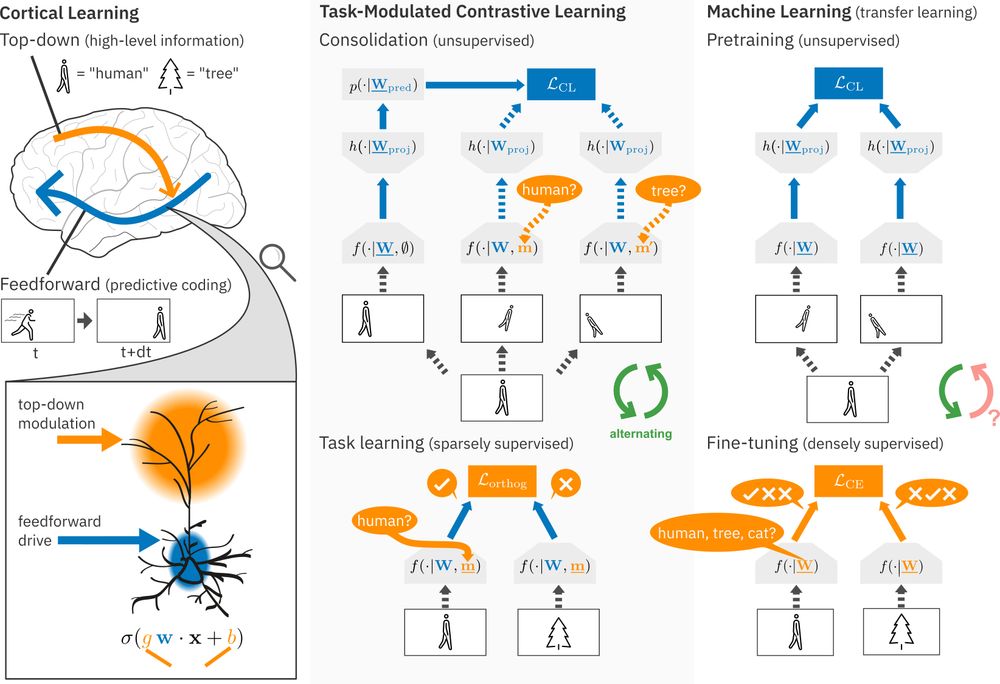
New #NeuroAI preprint on #ContinualLearning!
Continual learning methods struggle in mostly unsupervised environments with sparse labels (e.g. parents telling their child the object is an 'apple').
We propose that in the cortex, predictive coding of high-level top-down modulations solves this! (1/6)
10.06.2025 13:17 — 👍 22 🔁 6 💬 1 📌 1

Really interesting work by Bakhurin and colleagues challenging the reward prediction error hypothesis of dopamine:
www.nature.com/articles/s41...
I love this figure which both echoes and undermines the famous figure from Schultz et al. (1997).
14.10.2025 11:05 — 👍 140 🔁 52 💬 3 📌 6

PhD Position: Theory of Learning in Artificial and Biologically Inspired Neural Networks | Radboud University
Do you want to work as a PhD candidate Theory of Learning in Artificial and Biologically Inspired Neural Network? Check our vacancy!
Please RT - Open PhD position in my group at the Donders Center for Neuroscience, Radboud University.
We're looking for a PhD candidate interested in developing theories of learning in neural networks.
Applications are open until October 20th.
For more info: www.ru.nl/en/working-a...
22.09.2025 17:17 — 👍 14 🔁 13 💬 2 📌 1
Can self supervised learning help understand how the brain learns to see the world?
Our latest study, led by Josephine Raugel (FAIR, ENS), is now out:
📄 arxiv.org/pdf/2508.18226
🧵 thread below
03.09.2025 05:18 — 👍 46 🔁 12 💬 1 📌 0
Now out in @cp-cellreports.bsky.social: PV and SOM cells play distinct causal roles in controlling network oscillations and stability
with Matteo di Volo and Farzin Tahvilli
www.cell.com/cell-reports...
11.08.2025 13:56 — 👍 11 🔁 3 💬 0 📌 0
To claim that sensory responses of visual cortical neurons are not prediction errors (based on the data the authors have) is unwarranted. There is ample evidence for stimulus surround and visuomotor prediction errors.
14.07.2025 15:44 — 👍 13 🔁 2 💬 4 📌 0
fully agreed!
15.07.2025 10:41 — 👍 1 🔁 0 💬 0 📌 0
Super! Congrats!
12.07.2025 20:08 — 👍 1 🔁 0 💬 1 📌 0
The situation in Germany has also gotten more difficult with NHP experiments in several ways - I am curious if we are / will be seeing the same trend as in the Netherlands. Is Europe setting an example, or is it just relying on the convenient fact that NHP research will be done elsewhere anyway?
12.07.2025 05:07 — 👍 2 🔁 0 💬 0 📌 0
This should be bigger news - the Dutch parliament decided to strongly reduce non-human primates experiments. Subsidy for the large primate center - which includes important virology research unique in Europe - is gradually reduced to zero by 2030. Going towards the end of NHP research in NL...
12.07.2025 04:50 — 👍 9 🔁 4 💬 1 📌 1
Agreed. And one seems like a useful distraction for the other ...
10.07.2025 18:21 — 👍 1 🔁 0 💬 0 📌 0
Director of the Donders Centre for Cognition at www.ru.nl/donders
Interested, amongst others, in natural and artificial cognition, how humans and intelligent systems interact, and in theories of embodiment.
Professor of Clinical Neuropsychology at Charité Berlin, neuroscientist, psychotherapist and passionate runner
🧠👨🔬 Postdoc UKE Hamburg - attention, decision-making & large-scale dynamics
Twitter: @itSiemsThatWay
Professor @Yale Neuroscience & BME
Electrophysiologist, Microscopist, Dada to two boys....
http://higleylab.org
PhD candidate @MPIBR, Schuman lab
PhD candidate at Kaiser Lab, JLU Giessen
Professor, Northwestern University
Computational neuroscience | Neural manifolds
👨🔬 Neuroscientist at the Donders Institute in the Battaglia lab.
🧠 Previously: International Brain Laboratory
Using Neuropixels and virtual-reality to understand how the brain creates internal models of the world.
www.guidomeijer.com
Neuroscientist. Interested in activity patterns in the cortex, unaffordable guitars and mexican food. Worked at Yale University, University of Amsterdam and ESPCI Paris
CNRS Researcher (DR) at CerCo, in Toulouse (France). Interested in brain oscillations and visual perception/ awareness.
Human Intracranial Cognitive Neuroscience & Neurology at Yale University, previously at the University of Tuebingen. www.helfrich-lab.com Views are by own.
Algorithms for survival. Investigating the computing architecture of the mind and brain at its limits. 🧠
Lab account for science only.
https://www.caian.uni-bonn.de/en
The goal of our research is to understand how brain states shape decision-making, and how this process goes awry in certain neurological & psychiatric disorders
| tobiasdonner.net | University Medical Center Hamburg-Eppendorf, Germany
Scientist, Professor
Passionate advocate for responsible and humane research involving animals.
#ThankAMonkey #EndSufferingThruScience
Views are my own.
Spatial+systems neuroscientist | Working out how the 🧠 generates 🌐 to find its 🧭 | Incoming Lecturer (Asst Prof) at the University of Manchester | Big fan of ancient things 🏺📜
Neuroscientist, Neurologist, Eurotrash
head, Comp Systems Neurosci Lab @wigner centre. neuro + ML
KEY Inst Brain-Mind Research @UniZurich
neuroscience imaging connectivity EEG MEG oscillations
+LORETA+
Lagged Coherence/PhaseSynch
Multivar/HiOrder InfoFlow
https://scholar.google.com/scholar?q=pascual-marqui
https://www.uzh.ch/keyinst/














